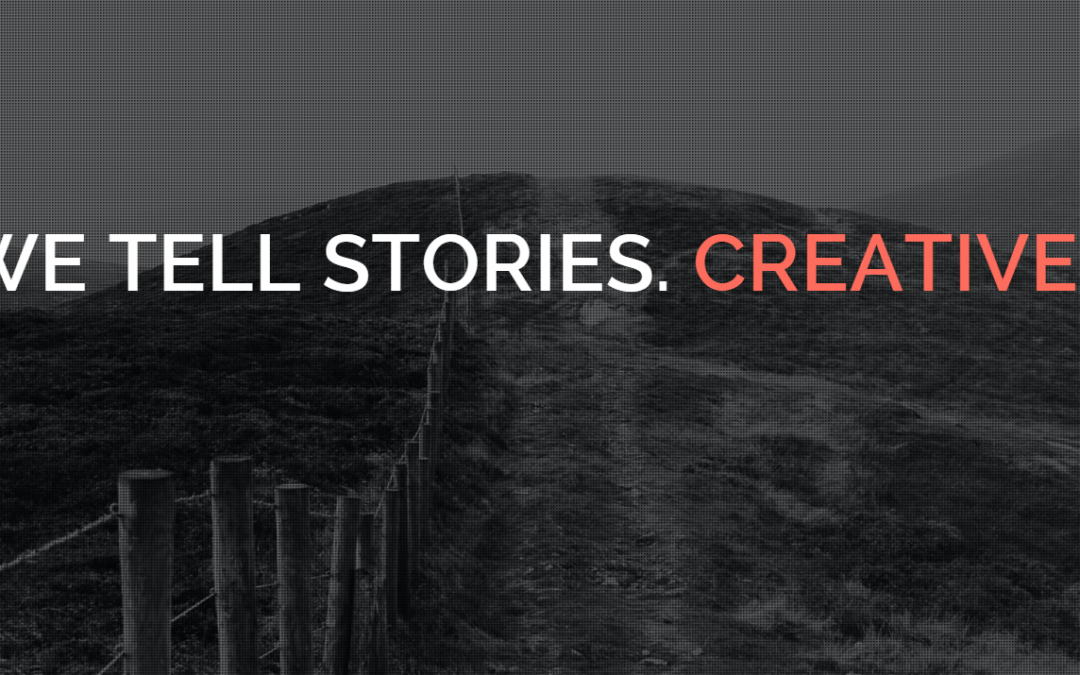By Darren Kerr, director and executive producer at production agency 10th Street
The days of television being the primary home for brands’ video or movie content are long gone – digital is increasingly dominant and its importance can no longer be minimised in the marketing mix.
Global business consultancy Deloitte, in a 2015 research paper, predicted that by 2020 global advertising spend in digital will have overtaken television to become the most dominant medium, due to the rise in on-demand content and increasing mobility.
According to a recent Cisco report, after 2020 over 80% of the world’s Internet traffic will be video. The report also predicts that smartphone traffic will exceed PC traffic by 2021, with PC traffic moving from 46% of the total to only 25% by 2021. In the same period, smartphones will move up from 13% to 33% of total IP traffic. All this while the global Internet traffic increases almost threefold in a five-year period.
As investment by traditional broadcasting struggles to support the production industry, South African television will have to undergo a significant evolution in the coming years to keep up with the growing demand for online video. Here are four major trends expected to shape the development of the South African content production industry in 2018:
1. Digital to lead
Traditional advertising executives, while still enjoying a dominant position in the marketing eco-system, are making more room at the strategy table for their specialist digital counterparts. At times, due to the nature of the product, audience or campaign, digital is tasked with leading the strategy, sometimes responsible for the lion’s share of the budget. This is especially the case where the campaign objective is linked strongly to a digital call-to-action, such as customers downloading a new app or registering their details using a brand’s website.
2. Value and volume
Brands’ online platforms are becoming more important than ever and need to be updated constantly with fresh written and audio-visual content. With the increase in media clutter, users naturally gravitate to higher quality content. Rather than commissioning ad hoc production projects, brands will start to take on retainer contracts with reliable producers to develop regular explainer videos, short branded clips and other creative content published on digital platforms throughout the year.
Disruptive technologies such as virtual reality and augmented reality are emerging, but the focus will remain on telling stories using video, with creativity and great production values at a lower cost. In the current economy, agencies that can demonstrate value for money and a strong return on investment will be more relevant than those that focus on cool gimmicks.
3. The Age of the Blogger
Contrary to early predictions, citizen journalism is here to stay. The democratisation of media ownership won’t be legislated by an act of Government, but will happen organically in the form of professional bloggers, YouTube celebrities and influencers generating content for niche audiences at a breakneck pace. Bloggers are ordinary people, often without formal journalism or production training. Companies such as 10th Street have a great opportunity to incubate emerging online stars, helping improve the quality of their content and matching them up with the right brands and campaigns – without skewing their creative direction. There are already several companies in the US that manage YouTube stars, but none yet from a production perspective.
4. Retention of Services
As online video becomes a more important and regular channel through which brands reach their audiences, a once-off project agreement for each video will become more expensive and cumbersome to manage. In the retainers that we’ve adopted with some of our clients, we’ve been able to offer much better economies of scale, higher production quality and a consistency in tone and standards. What this has done for 10th Street is allow us to grow our capacity and offer more to our clients in terms of the range of content and the sophistication of tools at our disposal. In a 12-month retainer, for example, a service level agreement will detail a set number of every type of content required per month. An annual strategy is developed at the start of the year, and instead of being restricted to going through an intermediary agency, the production company collaborates on a more equal footing with the brand’s various agencies, offering more strategic and conceptual input.
While blogging and online video is set to take up more prominence in the marketing space, brands shouldn’t suddenly ignore traditional channels. Online video will be a powerful tool for reaching audiences in multiple environments, but it is just one tool. Campaigns need to be developed from deep insights about consumer behaviour rather than from a desire to use as many different channels as possible. To remain cost effective, these channels should seek to leverage off their various strengths in an integrated way rather than seeking to compete against one another.


